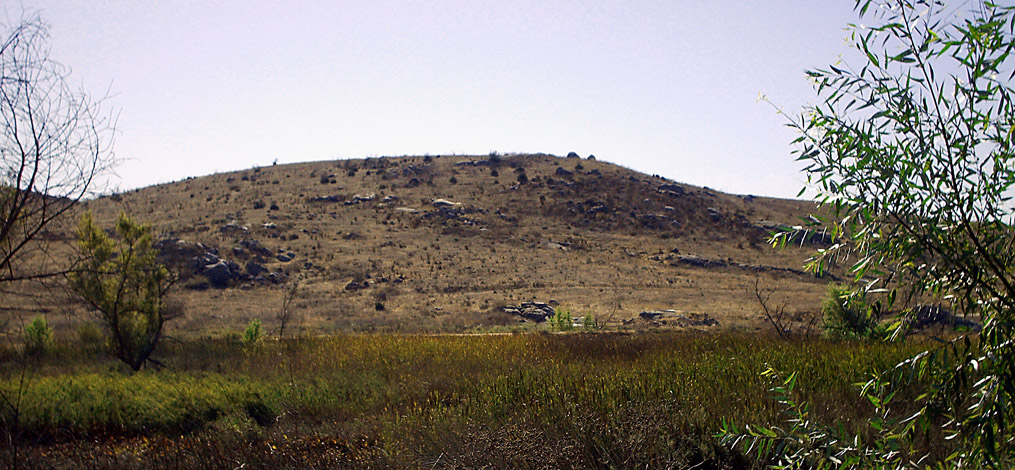Like many another San Diegan, Robert Allison came to San Diego County from the midwest, and he came for the climate. Born in Ohio in 1814, he came west in 1868 seeking a milder climate for his then failing health.
The climate appeared to do him good. With his wife and four children he was soon running a major sheep and cattle ranch. He’d bought 4,200 acres in the foothills of eastern San Diego County on the western boundary of the old El Cajon Rancho. It was considered an out-of-the-way place, even in the then very rural county. But the tract included some natural springs, the only water source for miles around. The area came to be called “Allison Springs.”
An item in a Tucson, Arizona newspaper, picked up in the April 1, 1875 San Diego Union, noted that “Fifteen hundred sheep arrived here from San Diego County on Wednesday, having been three months on the way. They were in the charge of Mr. Allison….”
The 1880 United States Census shows the Allison household consisting of father Robert, 66, his wife Tempe, 65, and two sons, Joseph, 28, and Juan, 23. Under “occupation,” Robert and his older son Joseph are listed as “Stock Raiser,” while younger son Juan is listed as “Butcher.” Wife Tempe is “Keeping House,” which undoubtedly understated what she contributed to the ranch.
Short local news items over the next few years tell of Robert and his sons doing things like “milking cows and making cheese.” But his name also began appearing in legal notices or real estate transactions, showing Allison’s involvement in land sales and the promotion of railroads in the county.
Allison would live to see the San Diego, Cuyamaca and Eastern Railroad build a line into his little community before his death in March 1891. He in fact was an investor in and director of the railroad. He may have also played a role as well in the evolution of his community’s name, since references from the late 1880s and 1890s no longer identify it as “Allison Springs,” but rather “La Mesa Springs,” “La Mesa Colony,” or just “La Mesa.” The rest, as you might say, is history.
Sources for this post included historic San Diego newspapers, The Journal of San Diego History, the 1880 United States Census and the website of the La Mesa Historical Society, https://lamesahistory.com/ .
Get Updates Automatically-Become A Follower of the San Diego History Seeker
You can get weekly updates of San Diego History Seeker automatically in your email by clicking on the “Follow” button in the lower right corner of the blog page. You’ll then get an email asking you to confirm. Once you confirm you’ll be an active follower.

Are the springs by any chance whatever feeds the pond behind Anthony’s Fish Grotto on Murray Drive?
I’m not familiar with the layout of La Mesa today. I tried to look up Allison’s land on a Bureau of Land Management website which allows visual comparison between land boundaries of the past and today. But his name didn’t appear, apparently because rather than filing a homestead claim for public land he bought his land from a private rancho owner. I might suggest you try the La Mesa Historical Society. Thank you for your interest.